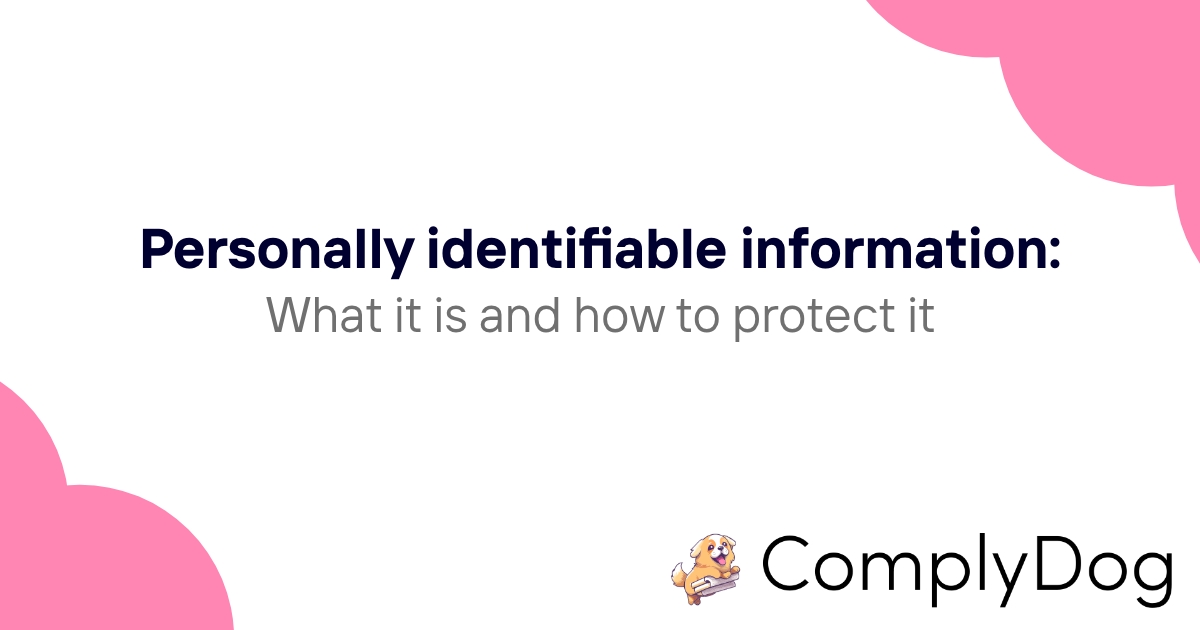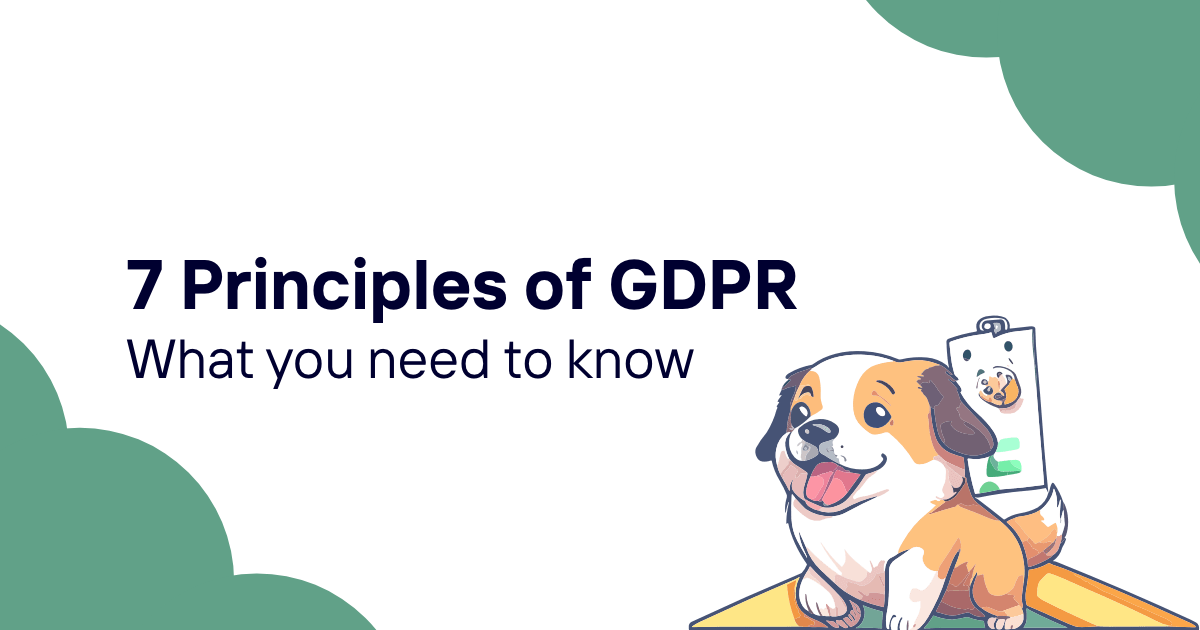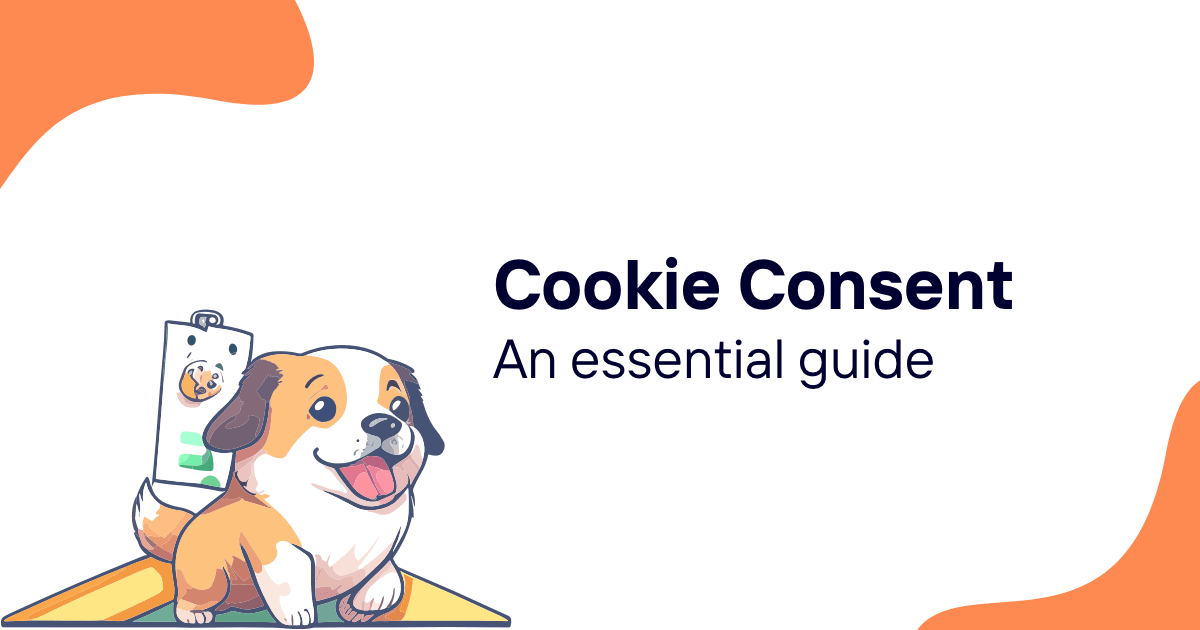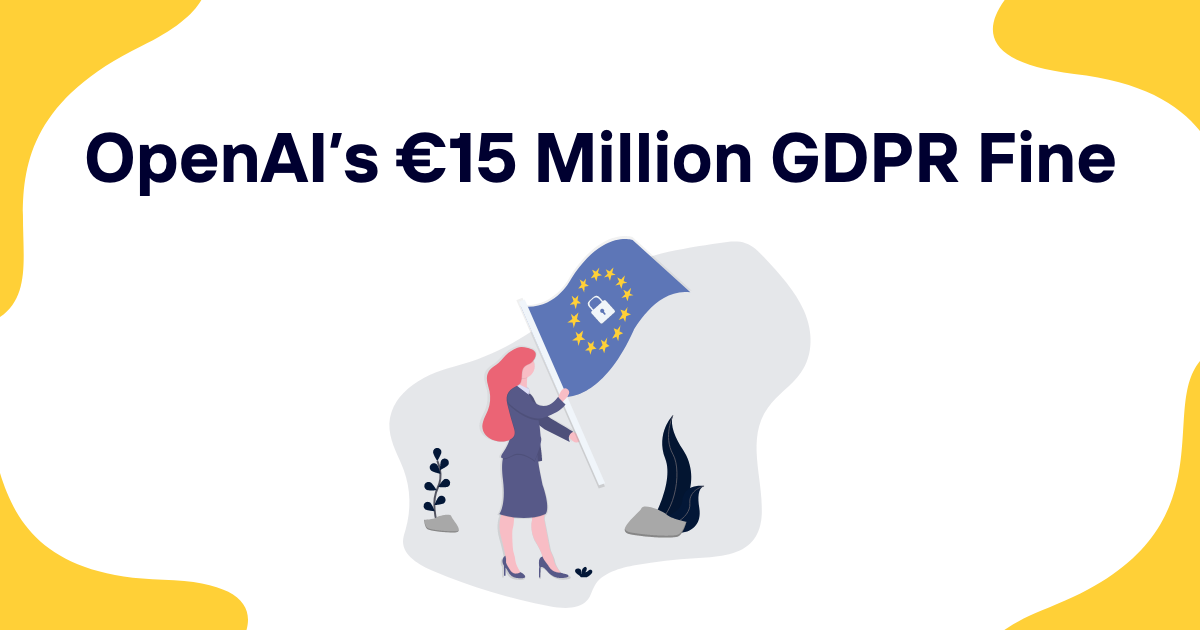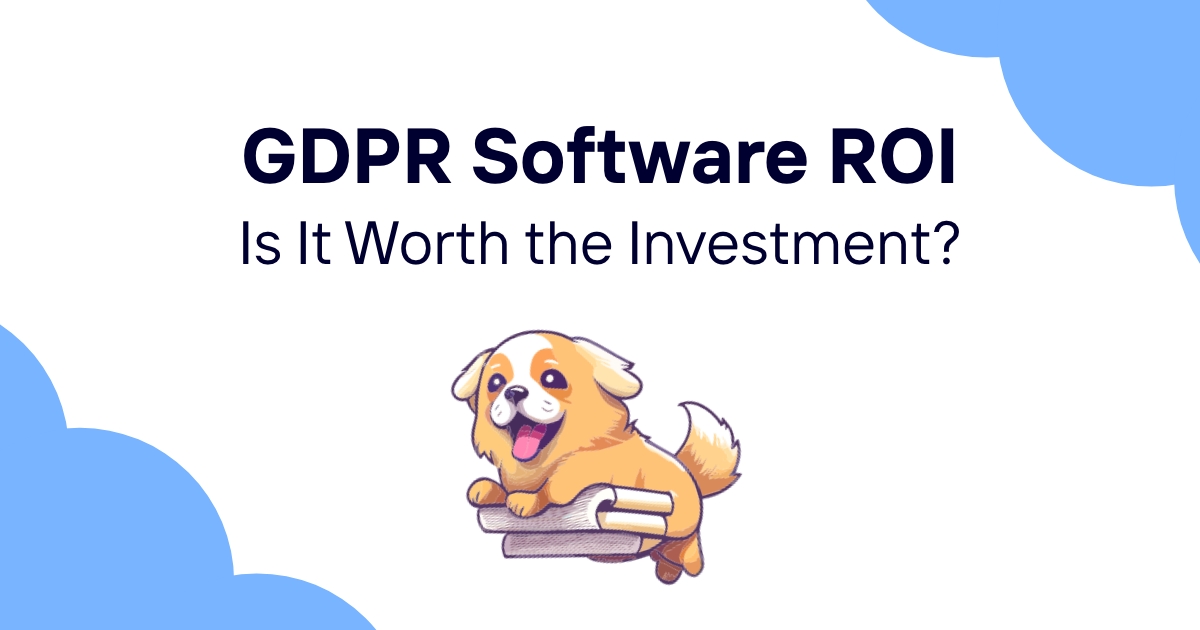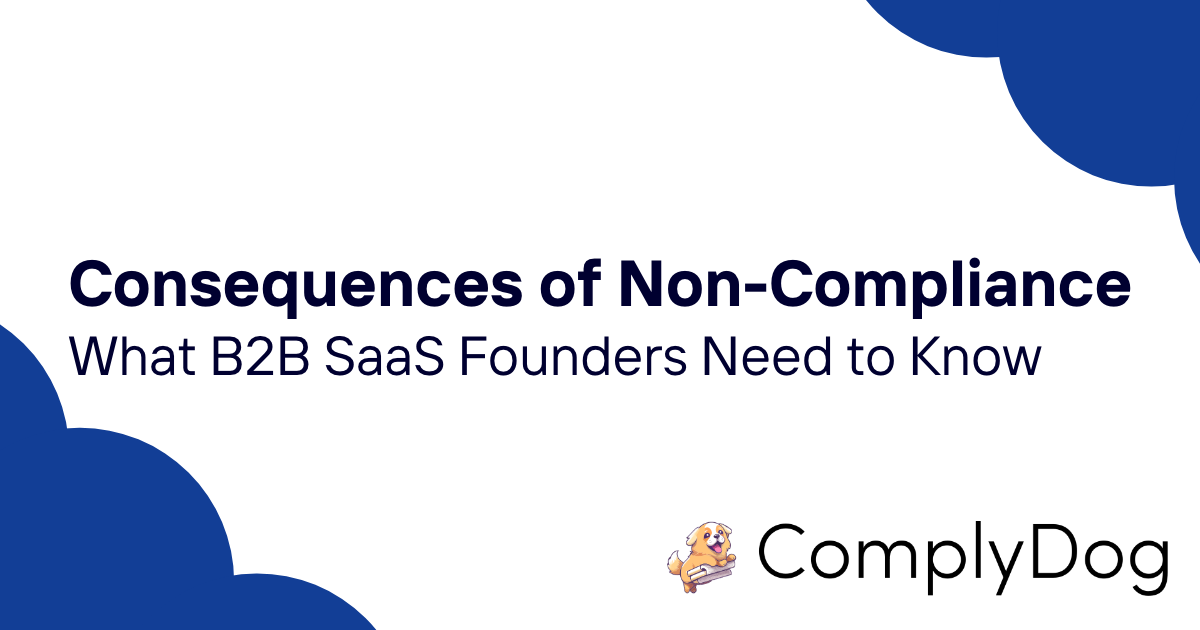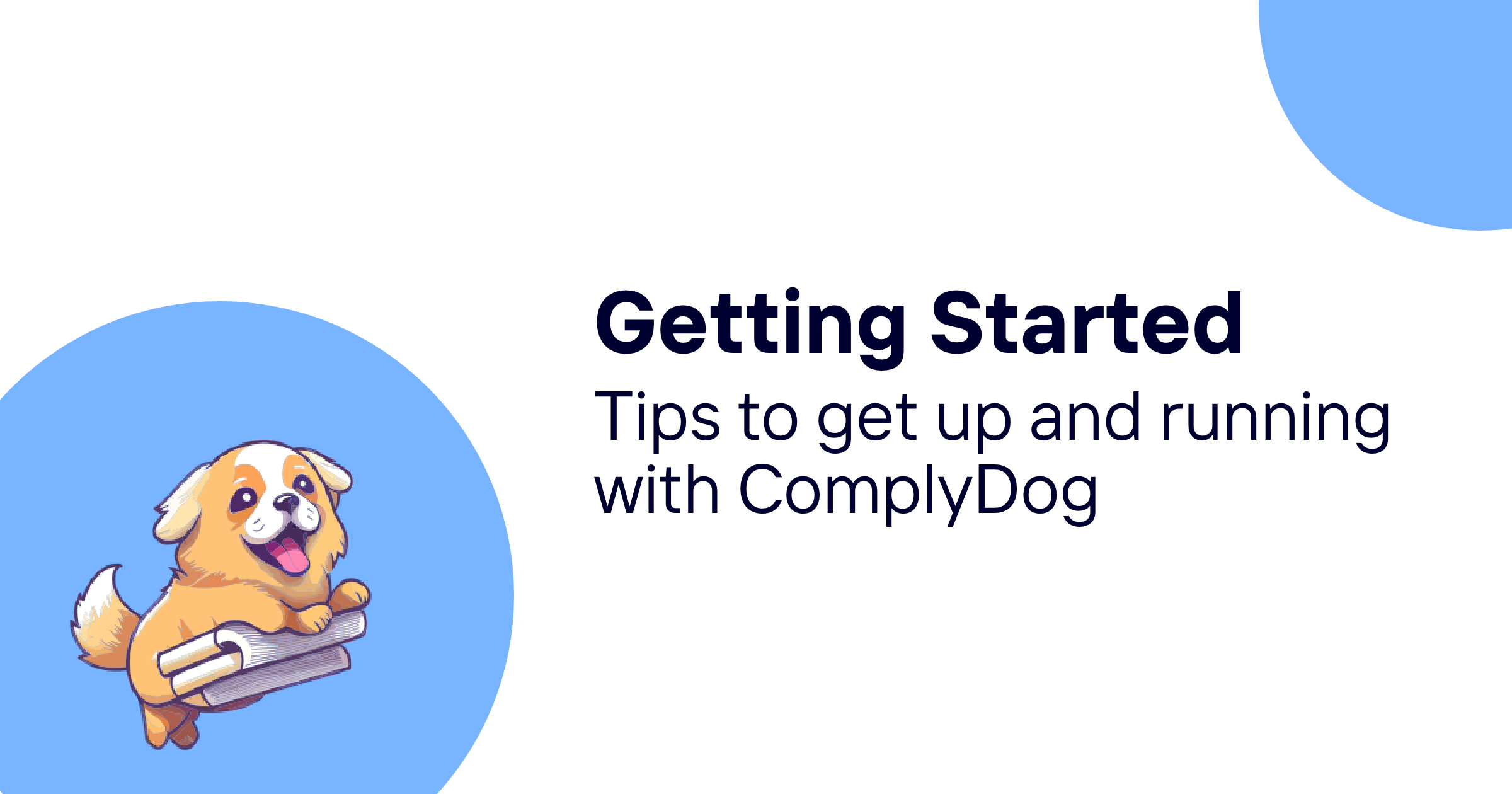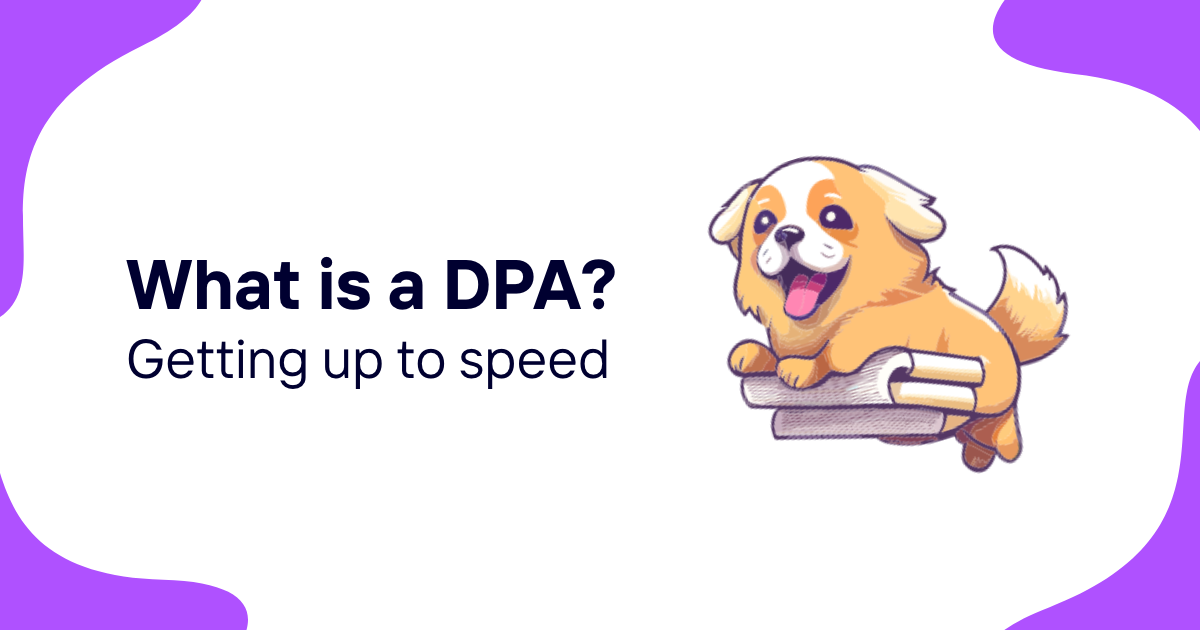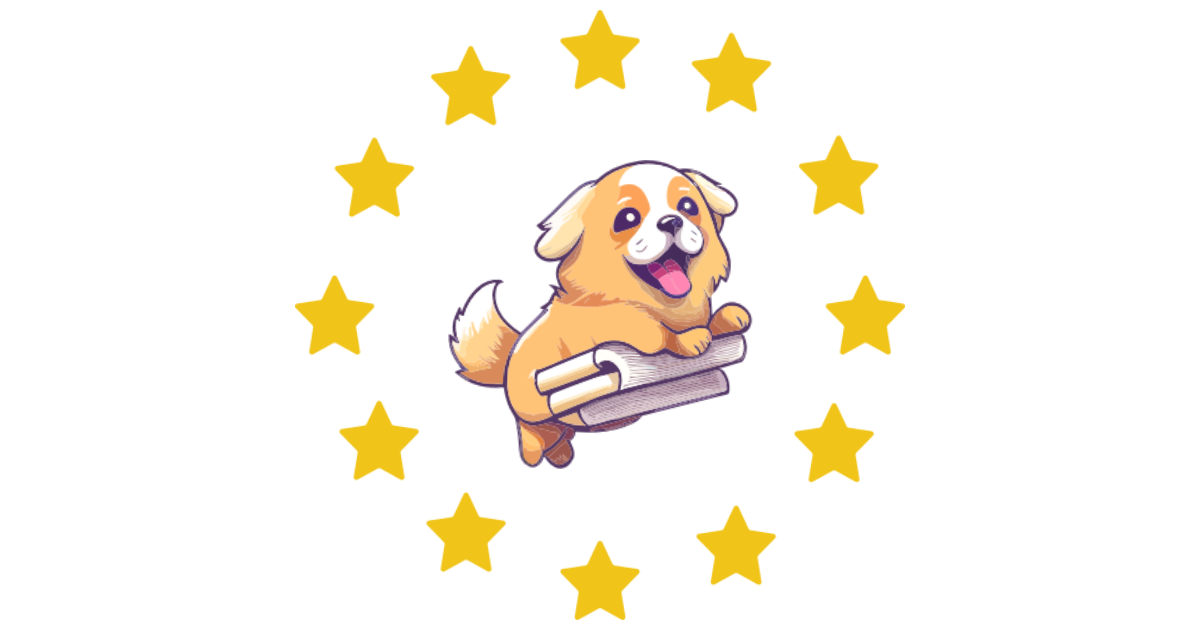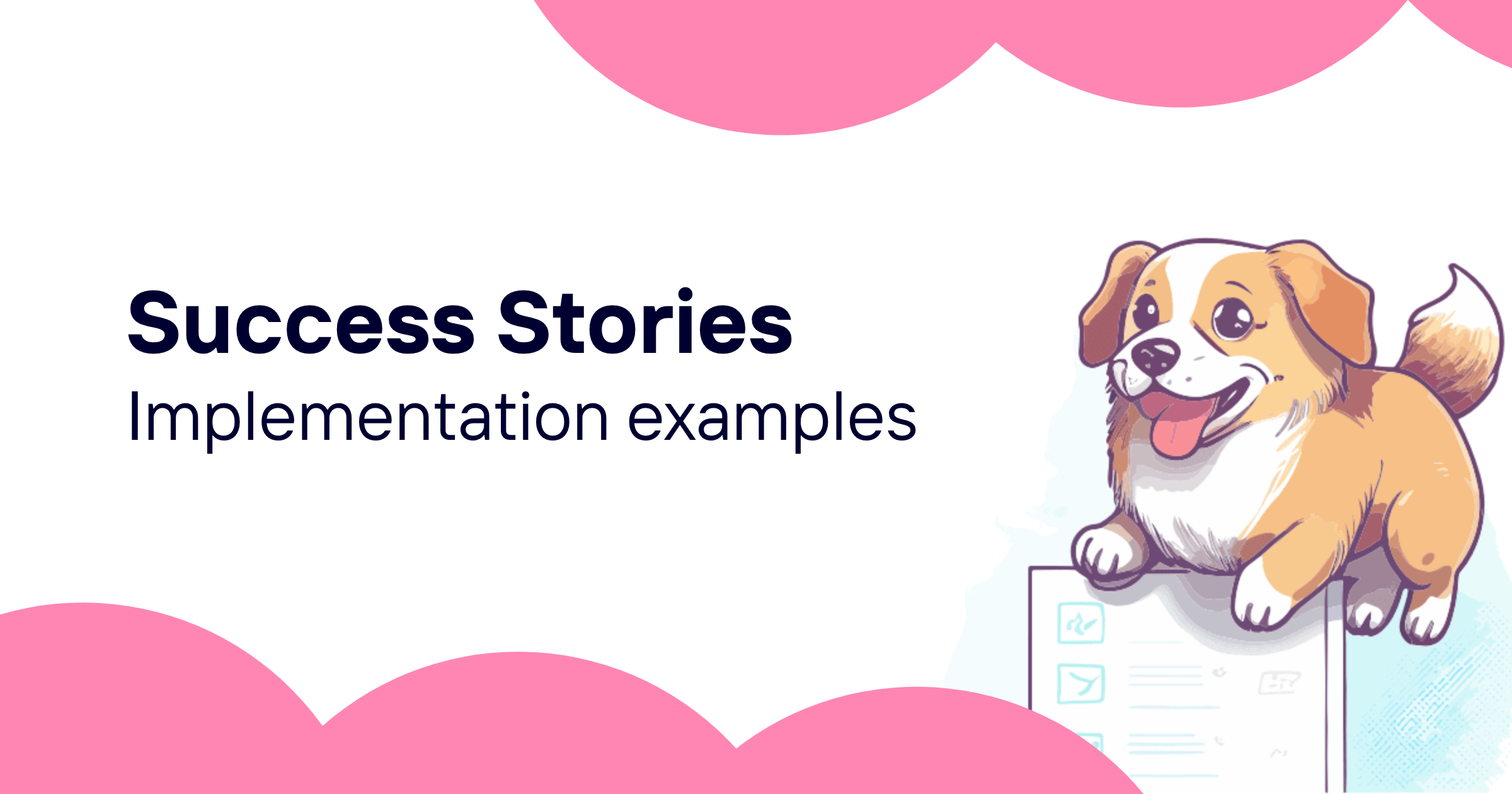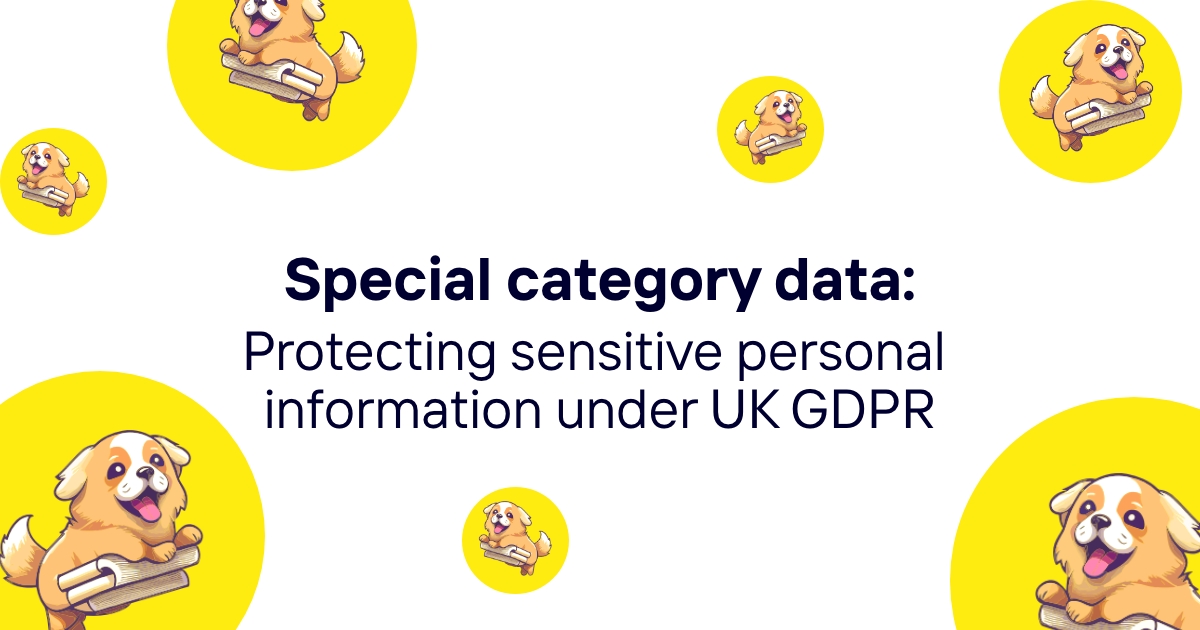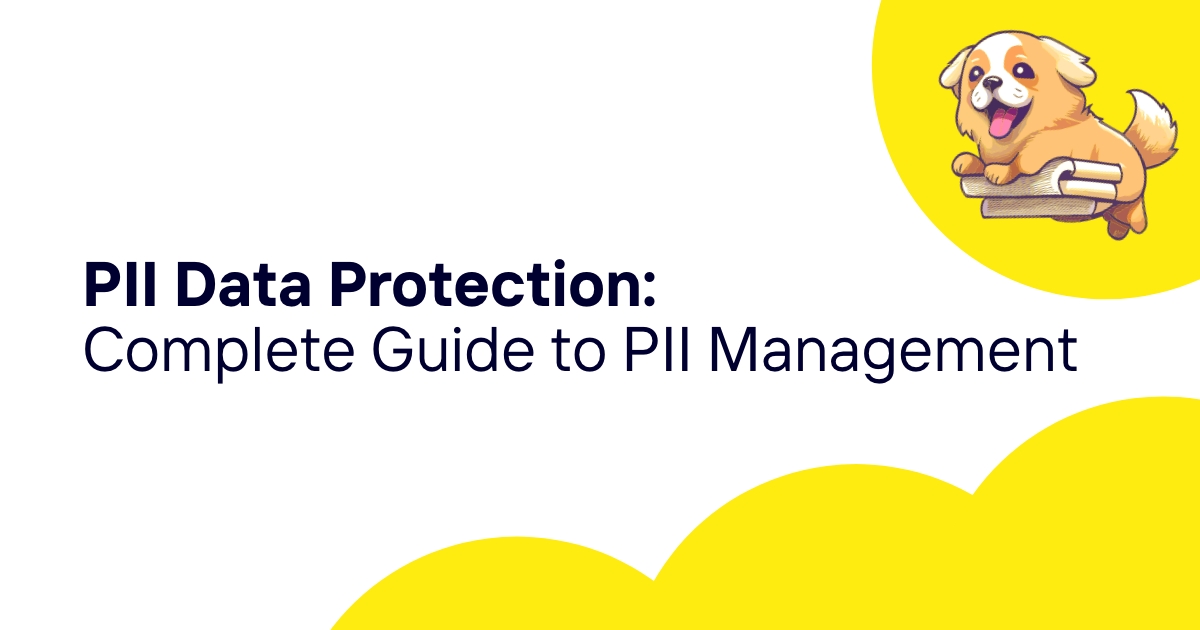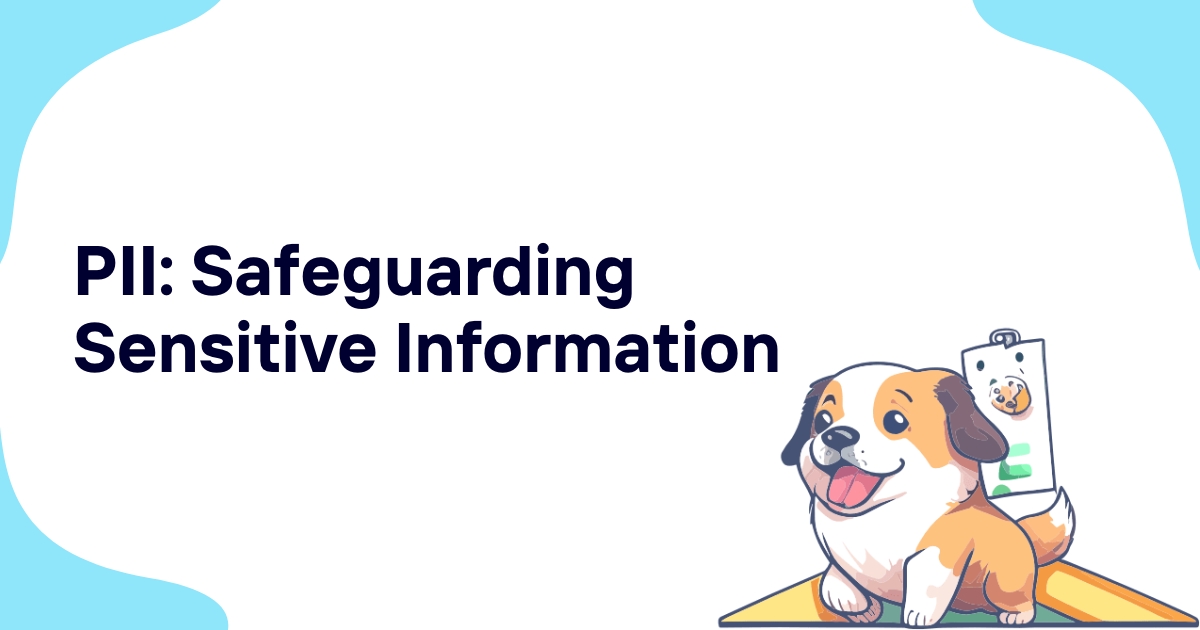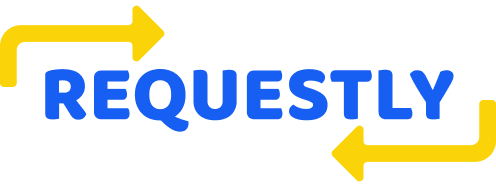Data breaches hit the headlines almost daily. Hackers steal millions of records. Companies face massive fines. But what exactly makes certain information so valuable to criminals and so important to protect?
The answer lies in personally identifiable information—or PII—the digital breadcrumbs that can reveal who you are, where you live, and how to access your accounts. Understanding PII isn't just academic exercise. It's the foundation of data protection, privacy compliance, and cybersecurity strategy.
Table of contents
- What is personally identifiable information (PII)?
- Direct vs indirect identifiers
- Sensitive vs non-sensitive PII
- When does information become PII?
- PII in different regulatory frameworks
- Common examples of PII
- How cybercriminals target PII
- Best practices for protecting PII
- Industry-specific PII requirements
- The cost of PII breaches
- Emerging challenges in PII protection
- Building a PII protection framework
- Conclusion
What is personally identifiable information (PII)?
Personally identifiable information refers to any data that can identify a specific person, either by itself or when combined with other information. Think of PII as digital fingerprints—unique markers that point back to you as an individual.
The Department of Labor defines PII as "information that can be used to distinguish or trace an individual's identity, either alone or when combined with other information that is linked or linkable to a specific individual."
But here's where it gets tricky (and why so many companies struggle with compliance). The definition of PII isn't static. Context matters enormously. Your phone number in a public directory? Probably not sensitive. The same phone number in a database of people receiving addiction treatment? That's a different story entirely.
Organizations collect PII constantly. E-commerce sites gather shipping addresses. Healthcare providers maintain medical records. Financial institutions store account details. Even that innocent loyalty program at your coffee shop? It's building a profile of your habits and preferences.
The challenge isn't just collecting this information—it's protecting it properly. And with data privacy laws becoming stricter and hackers getting more sophisticated, the stakes keep rising.
Direct vs indirect identifiers
Not all PII works the same way. Some information immediately identifies you, while other data points require combination with additional details to reveal your identity.
Direct identifiers
Direct identifiers are like showing your driver's license—they immediately prove who you are. These unique markers include:
- Social Security numbers
- Driver's license numbers
- Passport numbers
- National identification numbers
- Employee ID numbers
- Student ID numbers
- Medical record numbers
- Financial account numbers
A single direct identifier typically provides enough information for someone to confirm your identity or access your accounts. That's why these data points receive the highest level of protection under most privacy laws.
Indirect identifiers
Indirect identifiers are more like puzzle pieces. One piece doesn't reveal the whole picture, but combine several pieces and the image becomes clear. Common indirect identifiers include:
- Date of birth
- ZIP code or postal code
- Gender
- Race or ethnicity
- Place of birth
- Mother's maiden name
- Job title or employer
- Educational institution
Research shows that just three indirect identifiers—gender, ZIP code, and date of birth—can identify 87% of Americans. That's a sobering reminder of how powerful these seemingly innocuous data points become when combined.
Sensitive vs non-sensitive PII
Privacy professionals distinguish between sensitive and non-sensitive PII based on the potential harm from unauthorized disclosure.
Sensitive PII
Sensitive PII carries significant risk if compromised. These data points can directly enable identity theft, financial fraud, or cause substantial personal harm. Examples include:
- Social Security numbers and national IDs
- Financial account information
- Biometric data (fingerprints, facial recognition patterns)
- Medical records and health information
- Precise geolocation data
- Authentication credentials
Most privacy regulations require special protections for sensitive PII, including encryption, access controls, and breach notification requirements.
Non-sensitive PII
Non-sensitive PII, while still personal, poses lower risk when exposed individually. This category includes:
- Names (without additional identifiers)
- Business phone numbers
- Work email addresses
- General geographic information (city, state)
- Job titles
- Published contact information
Don't let the "non-sensitive" label fool you, though. Criminals often combine multiple pieces of non-sensitive PII to build detailed profiles for social engineering attacks or account takeovers.
The following table shows how different types of information are typically classified:
| Information Type | Sensitive PII | Non-sensitive PII | Depends on Context |
|---|---|---|---|
| Social Security Number | ✓ | ||
| Full Name | ✓ | ||
| Email Address | ✓ | ||
| Phone Number | ✓ | ||
| Date of Birth | ✓ | ||
| Medical Records | ✓ | ||
| ZIP Code | ✓ | ||
| Credit Card Number | ✓ | ||
| IP Address | ✓ | ||
| Biometric Data | ✓ |
When does information become PII?
Context transforms ordinary data into PII. Anonymous location data from a navigation app becomes PII when it can be traced to specific individuals. Purchase histories become PII when linked to identifiable customers.
Technology advances are blurring these lines further. Artificial intelligence and machine learning algorithms can identify patterns and connections that weren't visible before. Anonymous datasets that seemed safe five years ago might be identifiable today.
Consider geolocation data. General foot traffic patterns for a shopping mall aren't PII. But track a specific device's movements over time, and you can identify where that person lives, works, and shops. The Federal Trade Commission has pursued cases against companies selling location data that could identify specific individuals.
The rise of Internet of Things devices creates new PII challenges. Smart home devices collect usage patterns. Fitness trackers monitor health metrics. Connected cars track driving habits. Each device generates data that might seem harmless in isolation but becomes personal when aggregated.
Organizations must think beyond traditional PII categories. They need to consider how their data could be combined with other sources to identify individuals. This "mosaic effect" means that even seemingly anonymous information might constitute PII under certain circumstances.
PII in different regulatory frameworks
Privacy laws around the world take different approaches to defining and protecting PII. Understanding these variations is critical for organizations operating across multiple jurisdictions.
United States approach
The U.S. takes a sectoral approach to privacy regulation. Different industries have different rules, and there's no comprehensive federal privacy law. The Office of Management and Budget defines PII narrowly, focusing on traditional identifiers like names, Social Security numbers, and biometric data.
Key U.S. regulations include:
- Privacy Act of 1974: Governs federal agencies' handling of PII
- HIPAA: Protects health information in healthcare settings
- GLBA: Regulates financial institutions' data practices
- FERPA: Protects student educational records
- CCPA/CPRA: California's comprehensive privacy laws
European Union approach
The GDPR takes a much broader view of personal data. Under GDPR, personal data includes "any information relating to an identified or identifiable natural person." This expansive definition covers:
- Traditional identifiers
- Online identifiers (IP addresses, device IDs)
- Location data
- Behavioral data
- Preferences and opinions
- Physical and mental health information
GDPR also introduces the concept of "special category" data, which receives extra protection. Special categories include racial or ethnic origin, political opinions, religious beliefs, trade union membership, genetic data, biometric data, health data, and information about sex life or sexual orientation.
Industry-specific definitions
Different industries often have their own PII definitions:
Healthcare: HIPAA defines protected health information (PHI) to include any individually identifiable health information held or transmitted by covered entities.
Financial services: PCI DSS focuses on cardholder data, including primary account numbers and authentication data.
Education: FERPA protects education records that contain personally identifiable information about students.
Government: Various agencies have specific definitions based on their missions and the sensitivity of information they handle.
Common examples of PII
Understanding what constitutes PII helps organizations identify and protect sensitive information. Here are common PII categories with specific examples:
Identity documents
- Driver's license numbers
- Passport numbers
- National identity card numbers
- Visa numbers
- Professional license numbers
Financial information
- Bank account numbers
- Credit and debit card numbers
- Investment account numbers
- Tax identification numbers
- Credit reports and scores
Contact information
- Home addresses
- Personal email addresses
- Personal phone numbers
- Emergency contact details
Biometric data
- Fingerprints
- Facial recognition patterns
- Voice prints
- Iris scans
- DNA profiles
Digital identifiers
- Login credentials
- Digital certificates
- Device identifiers
- IP addresses (in some contexts)
- Social media profiles
Personal characteristics
- Full legal names
- Dates of birth
- Places of birth
- Mother's maiden names
- Physical descriptions
Behavioral data
- Browsing history
- Purchase history
- Location tracking data
- Communication patterns
- Search queries
How cybercriminals target PII
Understanding criminal motivations helps organizations prioritize their protection efforts. Cybercriminals target PII for various reasons, each driving different attack methods.
Identity theft
Criminals use stolen PII to impersonate victims, opening new accounts, filing fraudulent tax returns, or accessing existing services. The dark web marketplace shows the value criminals place on different types of PII:
- Social Security numbers: $1-2 each
- Driver's license information: $5-25
- Passport numbers: $1,000-2,000
- Medical records: $50-1,000
- Financial account details: $50-200
Account takeovers
Attackers combine multiple PII elements to bypass security controls. They might use:
- Email addresses as usernames
- Phone numbers for two-factor authentication bypass
- Personal information to answer security questions
- Previous addresses for identity verification
Social engineering
PII enables sophisticated social engineering attacks. Criminals research targets using:
- Social media profiles
- Public records
- Data breaches
- Company websites
Armed with personal details, attackers can impersonate trusted contacts, create convincing phishing emails, or manipulate customer service representatives.
Ransomware and extortion
Some ransomware groups specifically target PII for double extortion schemes. They encrypt systems and threaten to publish sensitive personal information unless victims pay ransom demands.
Corporate espionage
Nation-state actors and competitors might target employee PII to:
- Identify key personnel for recruitment or coercion
- Map organizational structures
- Plan physical or cyber attacks
- Conduct influence operations
Best practices for protecting PII
Protecting PII requires a comprehensive approach combining technical controls, policies, and training. Organizations should implement multiple layers of defense.
Data inventory and classification
Start by identifying what PII you collect, process, and store. Many organizations discover they're holding more personal information than they realized. Create a data inventory that includes:
- Types of PII collected
- Sources of collection
- Storage locations
- Processing purposes
- Sharing arrangements
- Retention periods
Classify PII based on sensitivity levels and apply appropriate controls to each category.
Access controls
Implement the principle of least privilege. Users should only access PII necessary for their job functions. Key access control measures include:
- Role-based access controls (RBAC)
- Multi-factor authentication for sensitive systems
- Regular access reviews and deprovisioning
- Privileged access management for administrative accounts
- Network segmentation to isolate PII systems
Encryption
Protect PII with encryption at rest, in transit, and increasingly, in use:
- At rest: Encrypt databases, file systems, and backups containing PII
- In transit: Use TLS/SSL for web communications and VPNs for network connections
- In use: Consider homomorphic encryption or secure multi-party computation for processing encrypted data
Data minimization
Collect and retain only the PII you need for legitimate business purposes. Regular data purging reduces your attack surface and compliance obligations.
Employee training
Human error causes many PII breaches. Train employees on:
- Recognizing PII in various formats
- Proper handling procedures
- Social engineering awareness
- Incident reporting procedures
- Remote work security practices
Technical safeguards
Deploy security tools designed for PII protection:
- Data loss prevention (DLP) systems
- Database activity monitoring
- User and entity behavior analytics (UEBA)
- Privileged access management (PAM)
- Cloud access security brokers (CASB)
Vendor management
Third-party vendors often process PII on your behalf. Conduct due diligence on vendor security practices and include appropriate contractual protections.
Industry-specific PII requirements
Different industries face unique PII protection challenges based on the types of information they handle and their regulatory environment.
Healthcare
Healthcare organizations handle some of the most sensitive PII. HIPAA requires:
- Administrative safeguards (security officers, workforce training, access management)
- Physical safeguards (facility controls, workstation security, media controls)
- Technical safeguards (access controls, audit controls, integrity controls, transmission security)
Healthcare PII includes not just medical records but also appointment schedules, insurance information, and payment details.
Financial services
Financial institutions must protect customer financial information under various regulations:
- Gramm-Leach-Bliley Act: Requires privacy notices and safeguards for customer information
- PCI DSS: Mandates specific controls for credit card data
- Fair Credit Reporting Act: Governs how consumer reporting agencies handle personal information
Financial PII includes account numbers, transaction histories, credit scores, and investment records.
Education
Educational institutions collect extensive PII about students, families, and employees. FERPA protects student education records, while other laws may apply to employee and research data.
Educational PII includes academic records, disciplinary records, financial aid information, and health records maintained by schools.
Retail and e-commerce
Retailers collect PII for transactions, marketing, and customer service. They must comply with payment card industry standards and various consumer protection laws.
Retail PII includes purchase histories, payment information, delivery addresses, and loyalty program data.
Government
Government agencies often handle the most sensitive PII and are subject to strict requirements under laws like the Privacy Act of 1974.
Government PII includes tax records, benefits information, criminal justice records, and security clearance data.
The cost of PII breaches
PII breaches carry significant financial, legal, and reputational costs. Organizations should understand the full scope of potential impacts when making security investment decisions.
Direct costs
- Incident response: Investigation, containment, and recovery efforts
- Legal fees: Outside counsel for breach response and regulatory proceedings
- Notification costs: Communication to affected individuals and regulators
- Credit monitoring: Services for affected individuals
- Regulatory fines: Penalties under privacy laws
- System recovery: Rebuilding compromised systems and data
Indirect costs
- Business disruption: Lost productivity during incident response
- Customer churn: Customers leaving due to lost trust
- Reputational damage: Long-term brand impact
- Increased insurance premiums: Higher cybersecurity insurance costs
- Competitive disadvantage: Loss of market position
- Recruitment challenges: Difficulty attracting talent
The average cost of a data breach involving PII has reached $4.88 million globally, with healthcare breaches averaging over $10 million. These figures continue rising as regulations become stricter and attackers more sophisticated.
Long-term impacts
Some breach consequences persist for years:
- Regulatory scrutiny: Increased oversight and audit requirements
- Legal exposure: Class action lawsuits and ongoing litigation
- Customer skepticism: Reduced trust in data handling practices
- Vendor concerns: Partners requiring additional security assurances
- Investor relations: Impact on stock prices and financing
Emerging challenges in PII protection
The PII protection landscape continues evolving rapidly. Organizations must adapt to new technologies, changing regulations, and evolving threat landscapes.
Artificial intelligence and machine learning
AI systems can identify PII in unstructured data and discover new ways to link seemingly anonymous information. This creates both challenges and opportunities:
Challenges:
- AI can re-identify anonymized datasets
- Machine learning models may inadvertently memorize training data
- Automated decision-making systems may process PII inappropriately
Opportunities:
- AI can help discover and classify PII across large datasets
- Machine learning can detect unusual access patterns that might indicate breaches
- Automated systems can enforce data minimization policies
Internet of Things (IoT)
Connected devices generate massive amounts of potentially personal data. Smart homes, wearables, and connected cars create new PII categories:
- Behavioral patterns: When you're home, asleep, or traveling
- Health metrics: Heart rate, sleep patterns, physical activity
- Location data: Precise movement tracking
- Voice recordings: Always-listening devices
- Preferences: Temperature settings, entertainment choices
Cloud computing complexity
Multi-cloud and hybrid environments complicate PII protection. Data might be processed in multiple jurisdictions with different privacy laws. Organizations struggle with:
- Data sovereignty: Understanding where PII is processed and stored
- Shared responsibility: Clarifying security roles between cloud providers and customers
- Cross-border transfers: Complying with data localization requirements
- Vendor management: Ensuring cloud providers meet security standards
Remote work considerations
Distributed workforces create new PII protection challenges:
- Home networks: Less secure than corporate environments
- Personal devices: BYOD policies complicate data protection
- Collaboration tools: New platforms for sharing potentially sensitive information
- Physical security: Documents and devices in unsecured locations
Regulatory evolution
Privacy laws continue expanding and evolving:
- New jurisdictions adopting comprehensive privacy laws
- Existing regulations adding new requirements
- Cross-border enforcement becoming more common
- Industry-specific regulations increasing
Organizations must monitor regulatory developments and adapt their PII protection programs accordingly.
Building a PII protection framework
Organizations need systematic approaches to PII protection that scale with their business and adapt to changing requirements.
Assessment and planning
Begin with a comprehensive PII assessment:
- Data mapping: Identify all PII in your organization
- Risk assessment: Evaluate threats to different types of PII
- Gap analysis: Compare current practices to regulatory requirements
- Priority setting: Focus efforts on highest-risk areas first
Policy development
Create clear policies covering:
- PII definitions: What constitutes PII in your organization
- Handling procedures: How to collect, use, and dispose of PII
- Access controls: Who can access different types of PII
- Incident response: What to do when PII is compromised
- Training requirements: How employees learn about PII protection
Technical implementation
Deploy appropriate technical controls:
- Discovery tools: Identify PII across your environment
- Classification systems: Label PII based on sensitivity
- Protection controls: Encrypt, tokenize, or mask sensitive PII
- Monitoring systems: Detect unusual PII access or movement
- Backup and recovery: Protect PII in backup systems
Governance structure
Establish clear accountability:
- Data protection officer: Senior leader responsible for PII protection
- Cross-functional team: Representatives from IT, legal, HR, and business units
- Reporting structure: Regular updates to executive leadership
- Budget allocation: Dedicated resources for PII protection initiatives
Continuous improvement
PII protection isn't a one-time project. Build processes for:
- Regular assessments: Periodic reviews of PII handling practices
- Threat intelligence: Staying informed about new attack methods
- Regulatory monitoring: Tracking changes in privacy laws
- Technology evaluation: Assessing new tools and approaches
- Training updates: Keeping employee awareness current
Metrics and measurement
Track key performance indicators:
- Coverage metrics: Percentage of PII properly classified and protected
- Access metrics: Number of users with PII access, frequency of access reviews
- Incident metrics: Number and severity of PII-related security incidents
- Compliance metrics: Results of privacy audits and assessments
- Training metrics: Employee completion rates and test scores
Conclusion
Personally identifiable information represents both tremendous business value and significant risk. Organizations that collect, process, or store PII must balance legitimate business needs with privacy protection requirements and security threats.
The landscape continues evolving rapidly. New technologies create fresh PII categories while making it easier to identify individuals from seemingly anonymous data. Regulations expand in scope and enforcement. Cybercriminals develop more sophisticated attack methods.
Success requires treating PII protection as an ongoing business process, not a one-time compliance exercise. Organizations need comprehensive frameworks that combine technology, policies, and training. They must stay current with regulatory developments and emerging threats while building privacy protection into their core business processes.
The investment is substantial, but the cost of failure is higher. PII breaches can destroy customer trust, trigger massive fines, and cause lasting competitive damage. Companies that protect PII effectively don't just avoid these risks—they can differentiate themselves in markets where consumers increasingly value privacy.
Building robust PII protection requires specialized expertise, ongoing monitoring, and complex technical implementations. Compliance software solutions like ComplyDog provide comprehensive frameworks for identifying, classifying, and protecting PII across your organization while maintaining compliance with evolving privacy regulations. These platforms help companies transform PII protection from a compliance burden into a competitive advantage, giving customers confidence that their personal information remains secure.
